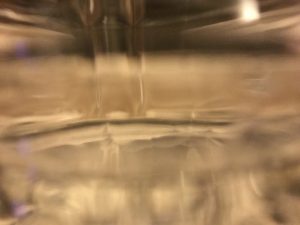
Throughout this unit we learned about what is the meaning of art, formal analysis, banking model, power and pedagogy. Why art is important? What is our ideas and opinion when we are talking about art? How did art influence in society? In my perspective, I think art is a way for people to express their emotional feelings. You may feel a connection with, being creative and having great imagination. Now, a formal analysis is when you look and describe a piece of an artwork. Trying to look into every detail that would help us analyze of a work of art. Therefore, we use the elements to describe the artwork. The color, line, space, mass, and scale are all made up the elements called the composition. The color is the first step where people take to look and identify the most because this is where it stands out. For example: if a painting that has all the ugly color it would definitely not going to look nice. We can also determine as a primary and secondary colors. Now, if it was all the bright pretty color, it obviously would look nice.
The banking model is when we connected the ideas to pedagogy and power. The banking models help us establish about how the students limits the rights of being collaboratively and working together. Paulo Freire, who was a famous Brazilian educator who supports the idea of Pedagogy. He explained the wrong method of how the students are leaning. The banking model is describing as a negative way student being educated every day and has received many criticisms. Future more, he also talks about when the teachers directly fill the minds of the students with information and the students accept it without any questioning.
Therefore, the students have no freedom in learning and do not gain any knowledge. Students usually memorize the information before taking an exam, but have not fully understood the concept of learning it. This is what we called a critical pedagogy which is idea that students and teachers are able to balance between the works among themselves. I do agree with this idea because it’s not fair to the students not able to socialize and without asking questions. This is not a way for the students to fully learn and understand the concept.








:max_bytes(150000):strip_icc()/elements-of-composition-in-art-2577514-v3-5b5b6c73c9e77c002c93c6de.png)

